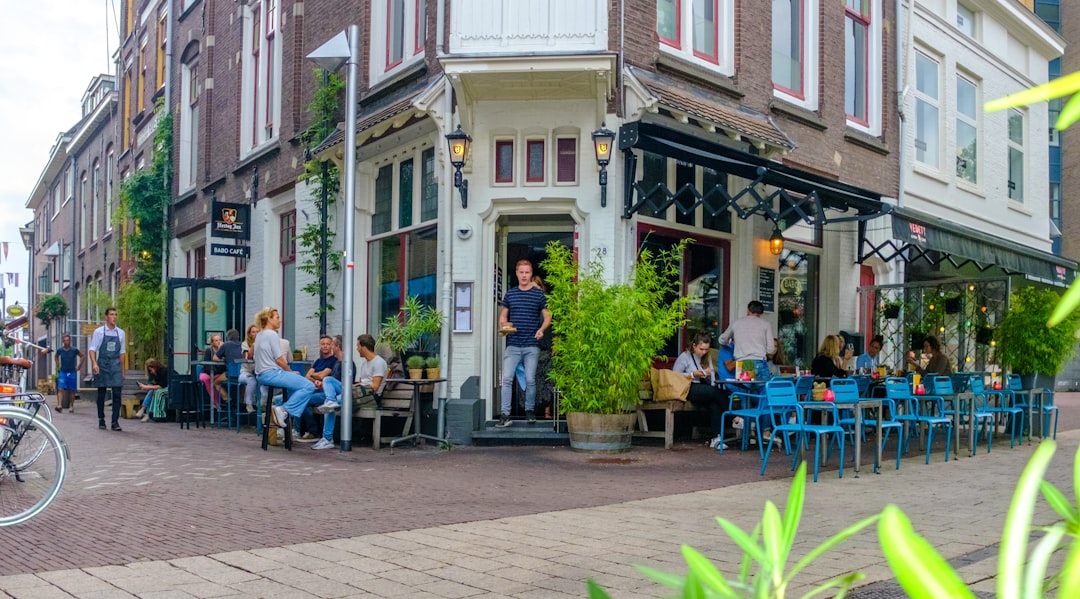What is it about?
Sun fluxes induce additional heterogeneous thermal constraints in buildings and may also lead to discomfort for the inhabitant. To calculate the local thermal sensation of a human being totally or partially situated in the sunlight, the solar radiation inside a room and its detailed distribution on parts of the human body are modeled. The present study focuses on the solar gains part of a complete modeling tool simulating an occupied building.The irradiated areas are calculated with a ray tracing method taking shadow into account. Solar fluxes are computed. Fluxes can be absorbed by each surface or reflected. The reflected fluxes are then absorbed at the next impact. A multi-node thermoregulation model (MARCL) represents the thermal behavior of the human body and all its heat exchanges with the environment. The thermal transient simulation of the whole occupied building is performed in TRNSYS simulation software. In the case presented here, the results show that, when a person is inside the building, the skin and clothing temperatures of the irradiated segments increase more or less depending on the segments but the global thermal equilibrium of the body is maintained thanks to strong physiological reactions.
Featured Image
Read the Original
This page is a summary of: Modeling additional solar constraints on a human being inside a room, Solar Energy, April 2008, Elsevier,
DOI: 10.1016/j.solener.2007.10.004.
You can read the full text:
Contributors
The following have contributed to this page










